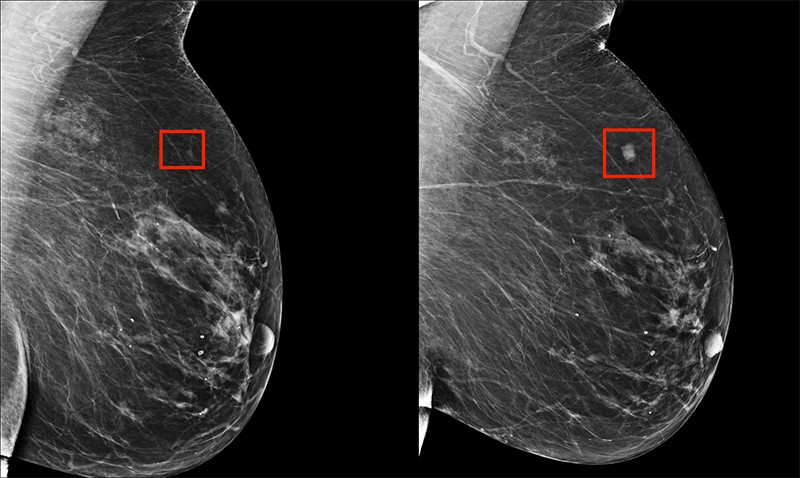Medicine in the Future
From the business world to virtual sporting matches, virtual, mixed, and augmented reality are transforming various aspects of our society. For example, with virtual reality, computer-generated environments can allow architects, travelers, and real estate agents to visit places in the midst of a pandemic. Augmented reality, where objects are enhanced by computer-generated information, and mixed reality, where physical and digital objects co-exist, play a significant role in today’s business world, as customer and colleague interaction can be holographic.
Lakesiders may be interested to learn that the medical profession plans to adopt augmented, virtual, and mixed reality techniques in the physicians’ office as well. The techniques, respectively, provide projections onto existing environments, simulations, and a blend of both. From preoperative surgical planning to brain implant therapies, medicine will be revolutionized in the upcoming years.
Using augmented reality, doctors can project digital information onto the current environment, displaying more accurate data during operations. Virtual reality can be beneficial in training medical professionals through simulations. Mixed reality can treat phobias more efficiently.
The medical community in general is turning to technological advancements: other possible innovations may include drones to deliver medications, handheld ultrasound devices, a stem-cell cure for diabetes, rehabilitation using AI (artificial intelligence), and cancer-diagnosis through AI. Shravya Shetty, research head of Google Health, plans to transform cancer detection by using new technological methods such as AI radiology. Physicians may also anticipate the shift from manually entering/storing data to using big data in healthcare, a compilation of patient data using electronic healthcare records (EHR), imaging, genomic sequencing, payor records, pharmaceutical research, and personalized medical devices. Rather than interacting with EHR, physicians will save two hours each day using the big data bank. With more time allocated to patients, the demand for doctors may lessen, making the medical field more competitive.
Even with augmented, virtual, and mixed reality objectives, medical professionals will still be highly sought after, as current automation is not able to replace humans altogether. Polls of conferred bachelors’ degrees demonstrate the number of health professionals are steadily increasing, contradicting common theory. In fact, from 2016 to 2018, the number of students studying in the medical field jumped from 228,907 to 244,909, nearly increasing by 7%, according to the National Center for Education Statistics. As medicine becomes more geared towards automation, medical professionals will be critical in monitoring and improving technological advancements.
Sources:
https://time.com/5710295/top-health-innovations/
https://nces.ed.gov/programs/digest/d19/tables/dt19_322.10.asp
https://medicalfuturist.com/20-potential-technological-advances-in-the-future-of-medicine-part-i/#
https://www.annfammed.org/content/15/5/419.full
https://catalyst.nejm.org/doi/full/10.1056/CAT.18.0290
Tatler’s resident writer and logic puzzle creator, Angelina P., has a knack for CRISPR-Cas9 technology, Spanish television, and Balanchine ballet. When...

